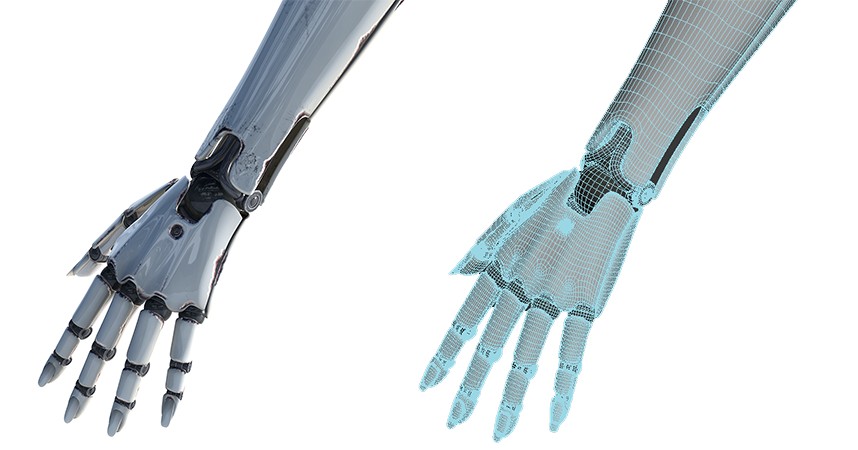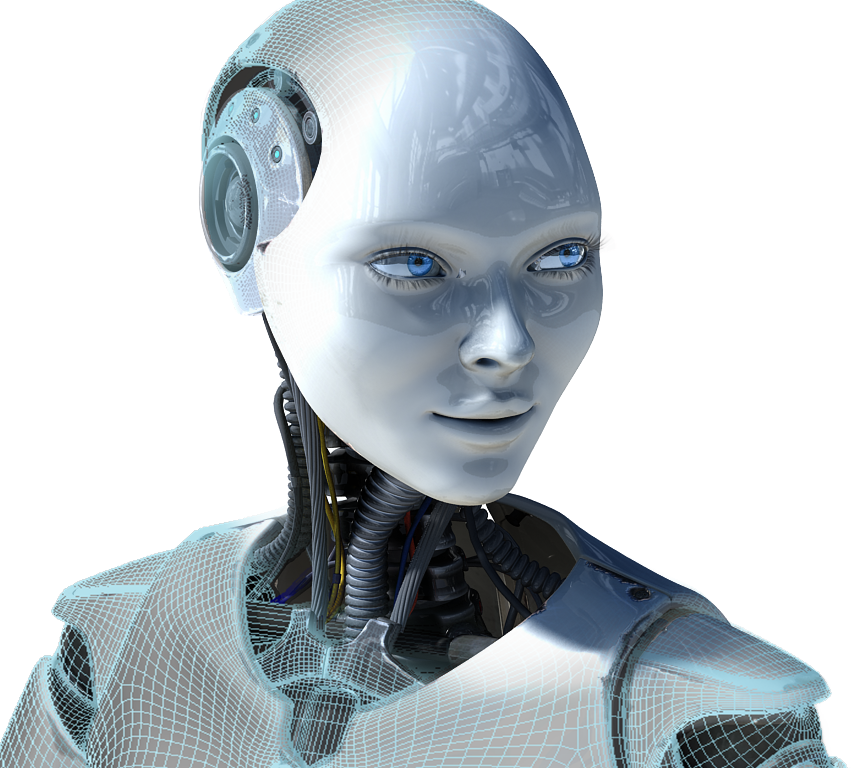When modeling, a common question artists ask is whether to use quads-based topology or triangle-based topology. Although both methods are acceptable, we recommend that you limit your use of triangles in order to avoid potential issues. In fact, quad-based topology should be something all 3D artists strive for when creating their models. Some of the key advantages of quad-based topology is that it will ensure a clean mesh (especially for subdivision), the ability to easily add edge-loops, and the ability to properly deform the model for animation.
A clean, quad-based model creates topology that is straightforward, provides edge flow that can easily be adjusted, and yields a predictable outcome for subdivision. If a customer adds edge loops to a model that is primarily triangle-based, the topology will break the flow of the line and cause shading issues. However, if a customer adds edge loops to a quad-based model the edge loop begin and end at the same vertex and does not alter the geometry.
Since quad-based topology consists of rows and columns, it will make it easy to see where and how the polygons will be divided if the customer wishes to subdivide. If a customer tries to subdivide a model with triangle-based topology, there is a chance that the subdivided topology will become convoluted.
Quad-based topology also provides cleaner deformations for customers who wish to animate your model. A good example is when customers rig major parts of bending and deforming, such as knees and elbows. In order to increase the efficiency of a rig, customers may need to add additional geometry. If a model has triangle-based topology in major bending areas, it can product sharp angles that can affect the design of a mesh. With quads, it’s easier to add or manipulate edge loops to obtain a smoother deformation.

Quad-based models are also ideal for most sculpting programs, such as ZBrush and Mudbox. Since subdivision is necessary for using these programs, there is a high probability of issues occurring when a customer attempts to detail an area that contains triangles or N-gons.
On occasion, triangles are the preferred topology, particularly for a final mesh for a game asset or character. Most customers will not be using meshes for game development, so it is a best practice to initially work in quads and then convert to triangles at the end. It is much easier to convert from quads to triangles than it is to convert from triangles to quads, so using the quad-based topology can significantly improve a customer’s workflow.





